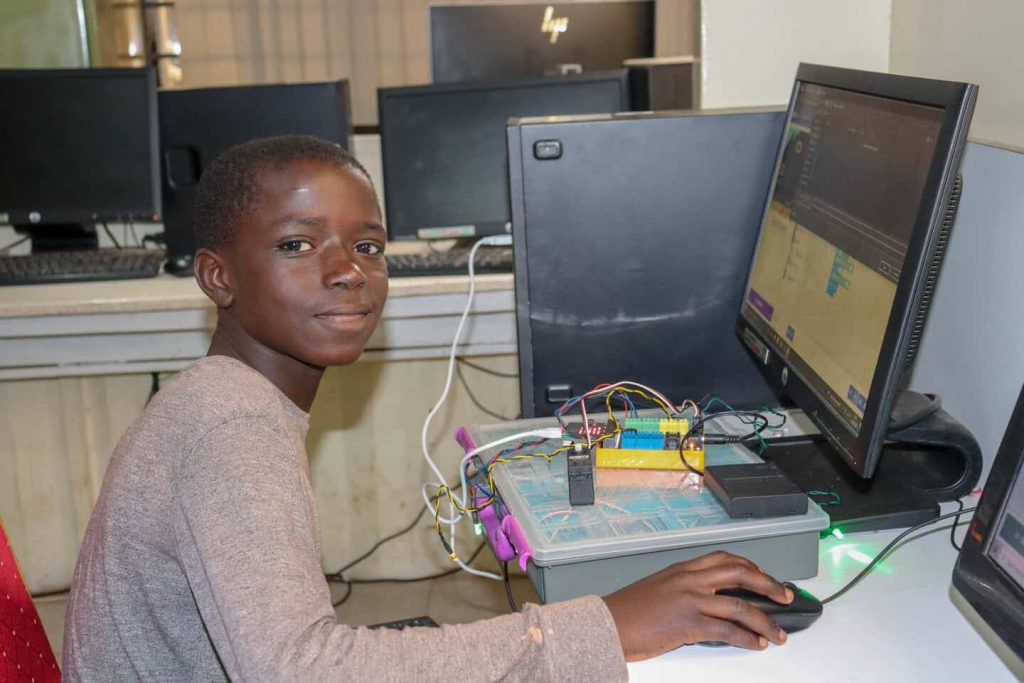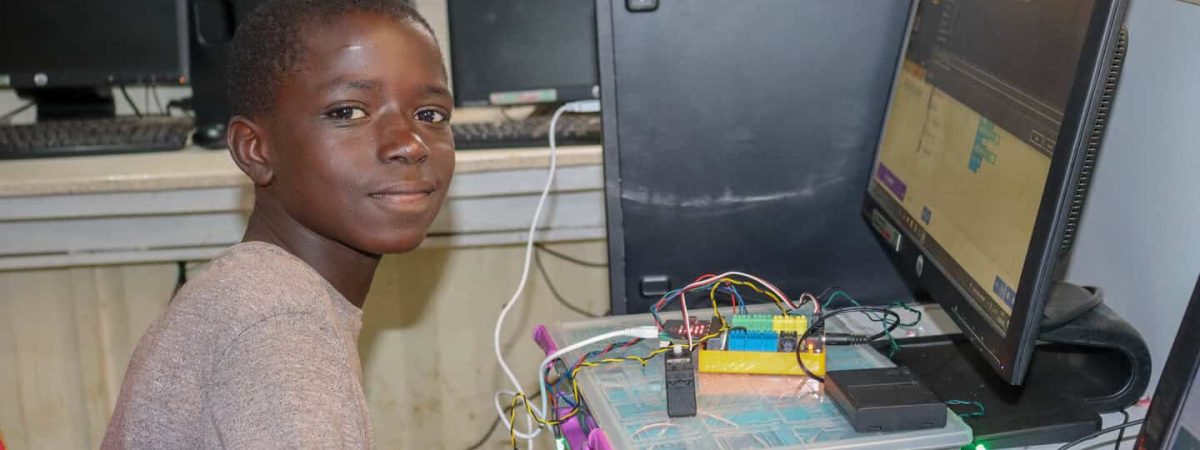STEM education for underprivileged kids
Empowering kids with STEM education is a powerful way to bridge the gap between disadvantage and opportunity. First, it introduces children to science , technology, engineering, and mathematics. These subjects open doors to skills needed in the modern world. In addition, STEM encourages creativity, problem-solving, and critical thinking. As a result, young learners gain the confidence to face challenges. Moreover, it helps them dream bigger and see new possibilities. Therefore, STEM education not only shapes individual futures but also strengthens entire communities.
In Kenya, access to quality learning is often limited for children in low-income areas. However, efforts to expand STEM education in Kenya are helping to close this gap. Schools and community programs are introducing science and technology lessons that spark curiosity. At the same time, various nonprofit organizations offer training, mentorship, and digital resources. As a result, more children are gaining the skills needed for future careers. Therefore, the growth of STEM education in Kenya is giving hope to many underprivileged families.
Breaking Barriers Through STEM Learning.
At Ngong Road Children’s Foundation, the vision of eradicating digital illiteracy is becoming a reality. We provide students with access to computers, the internet, and digital literacy programs. Additionally, mentorship and practical training at our Elimu Hub help learners acquire STEM skills. As a result, children who once had limited opportunities are now exploring careers in technology, science, and engineering. Through these efforts, Ngong Road Children’s Foundation is proving that STEM learning can open doors.

As part of empowering kids with STEM education, we provide free robotics and web design classes to our beneficiaries. These classes introduce them to the basics of coding, problem-solving, and creative design. Over time, the learners not only gain technical skills but also build confidence in their abilities. Later, they transition into the TechMates program, where they collaborate with peers on practical projects. In this space, they share ideas, support one another, and apply what they have learned in real-life situations. As a result, the students sharpen their skills even further while preparing for future opportunities in technology and innovation.
In conclusion, STEM education is more than teaching subjects; it is about creating opportunities that change lives. Through such programs, children from underprivileged backgrounds are discovering their potential and building skills for the future. With continued support from communities, schools, and nonprofits, more young learners can break barriers, pursue their dreams, and contribute to a brighter, more innovative society.
